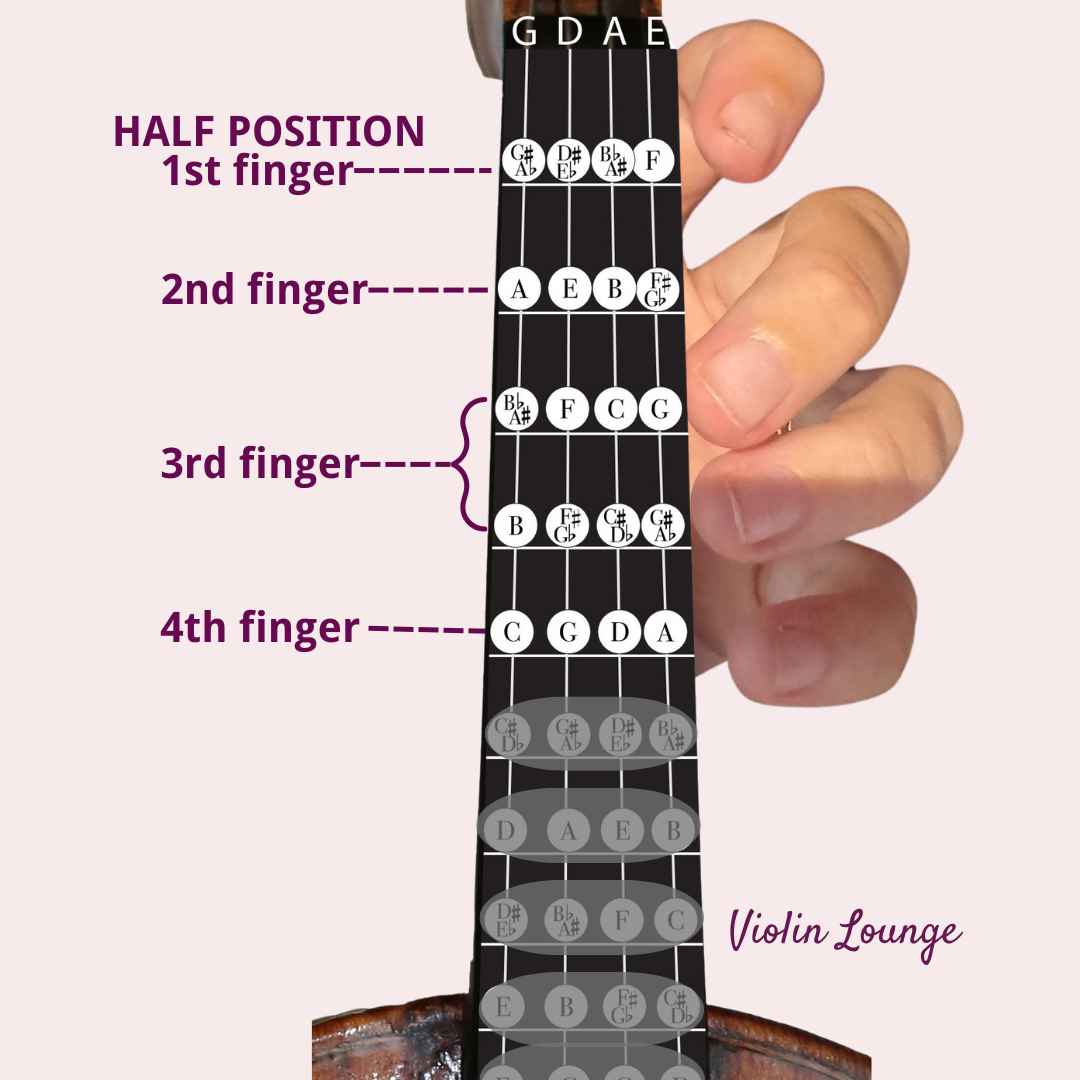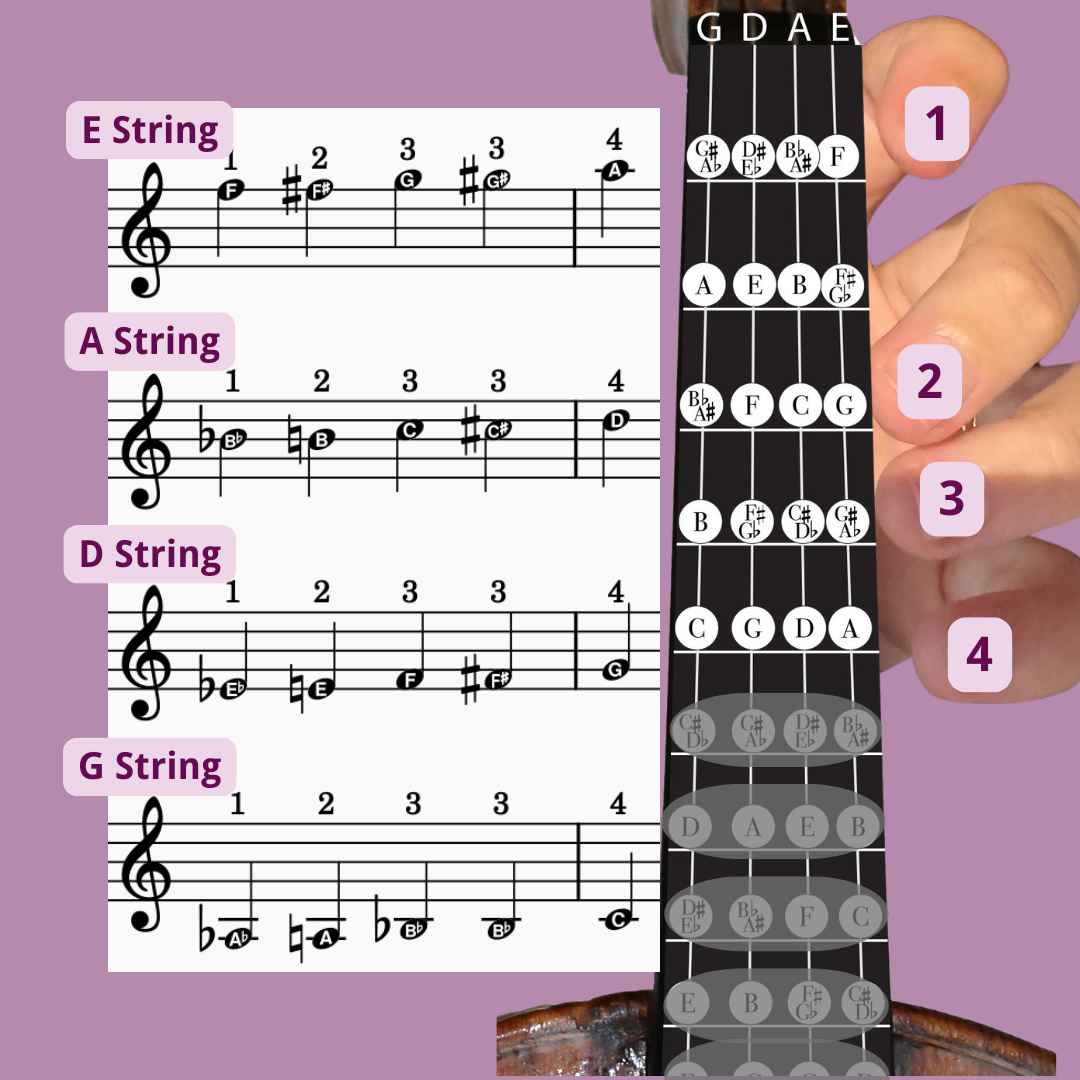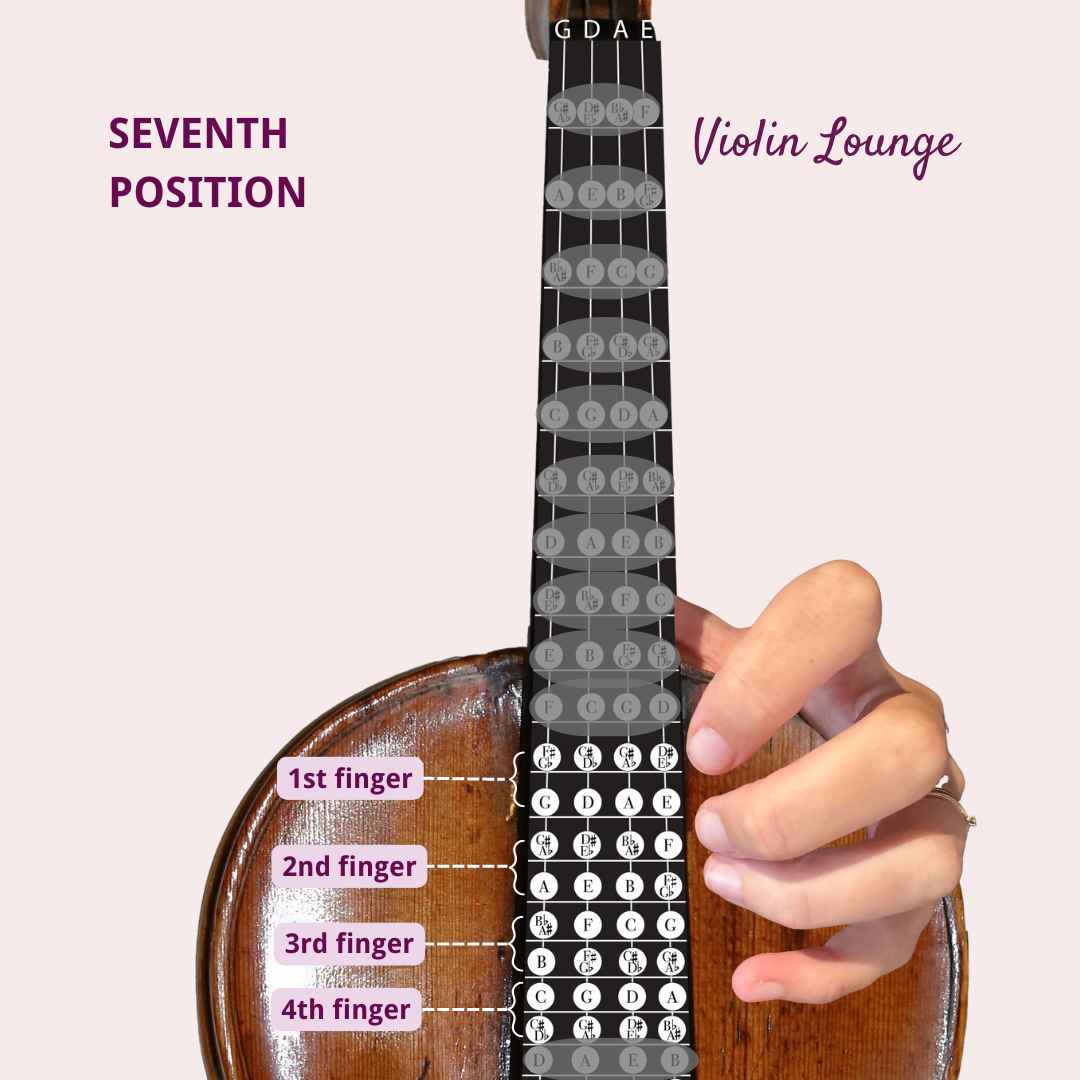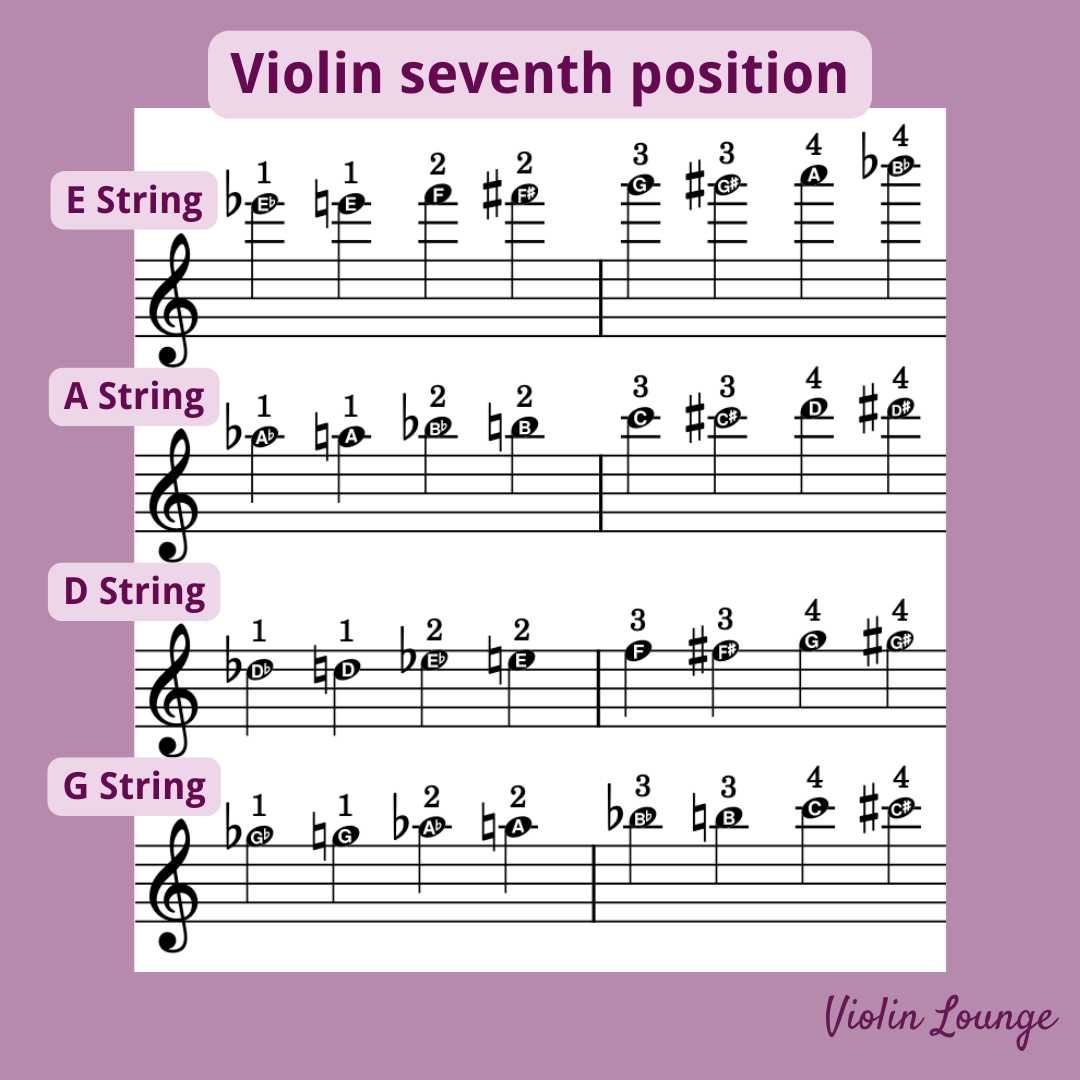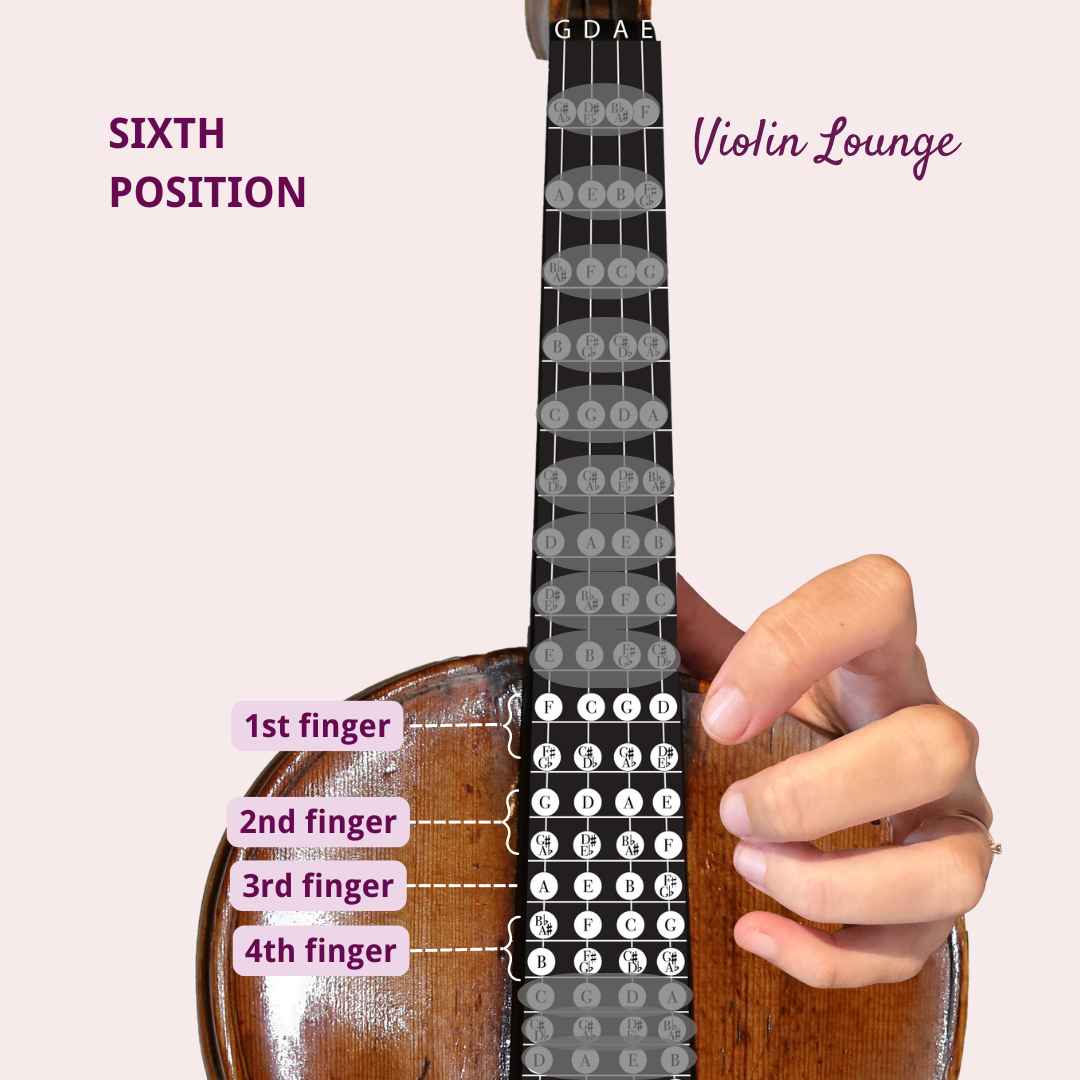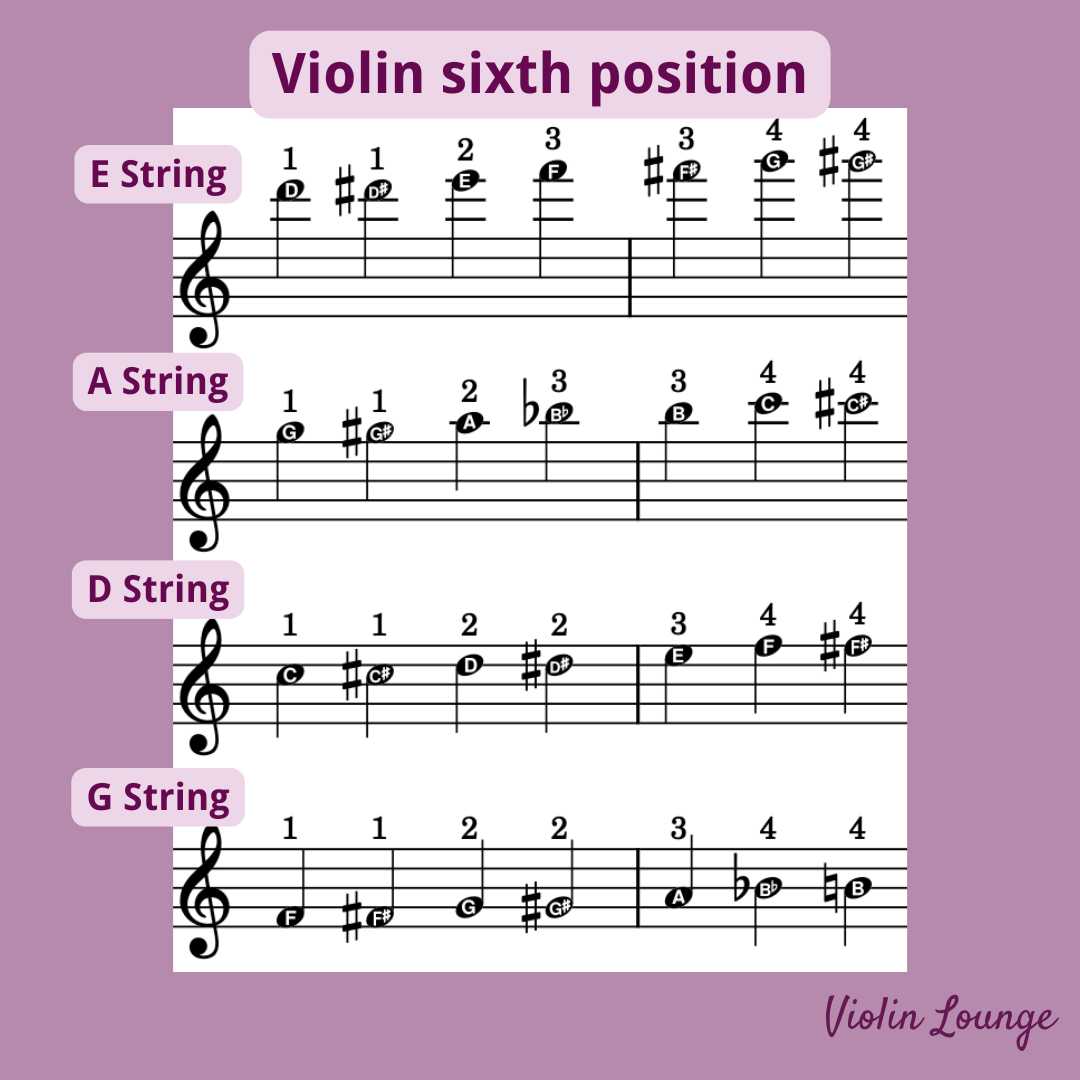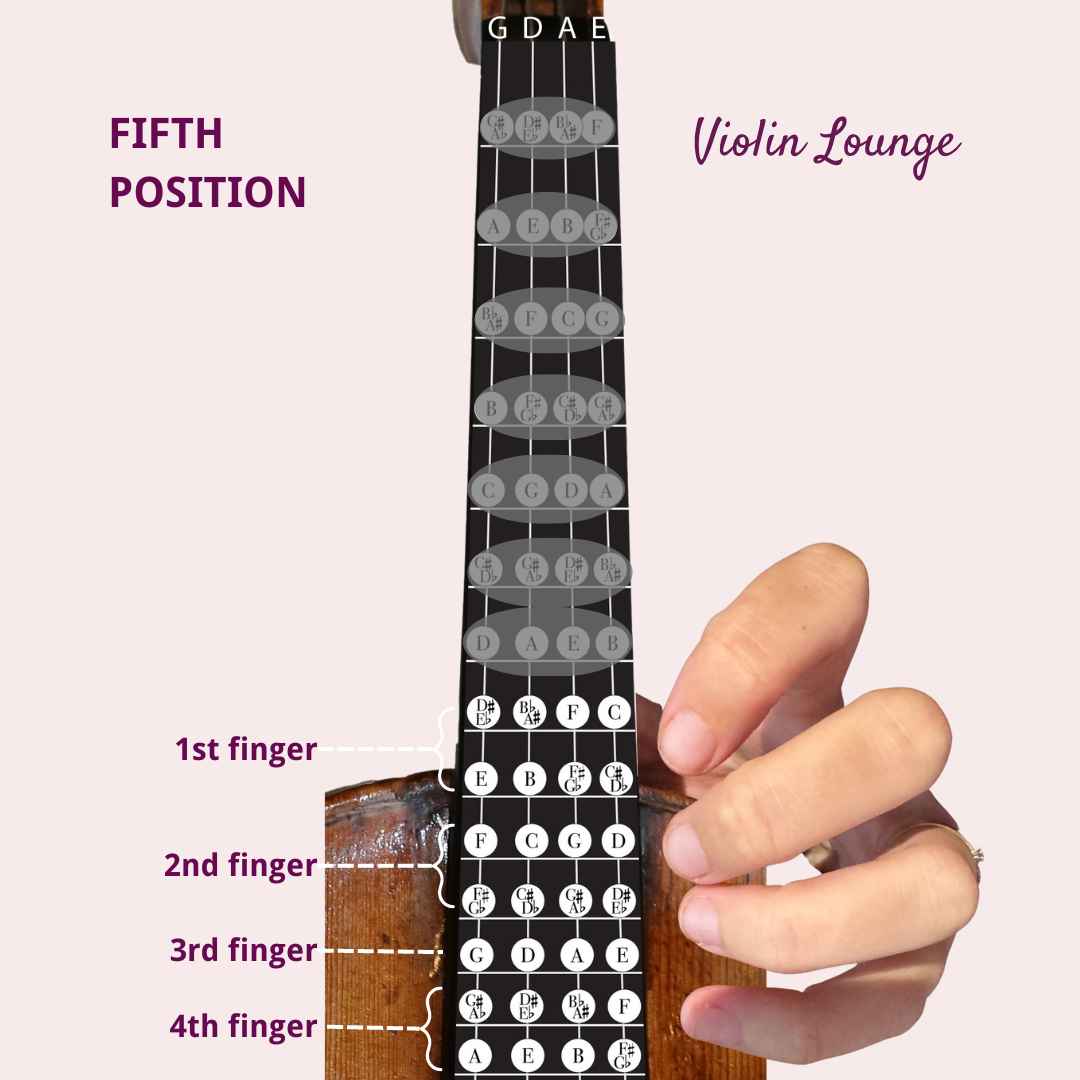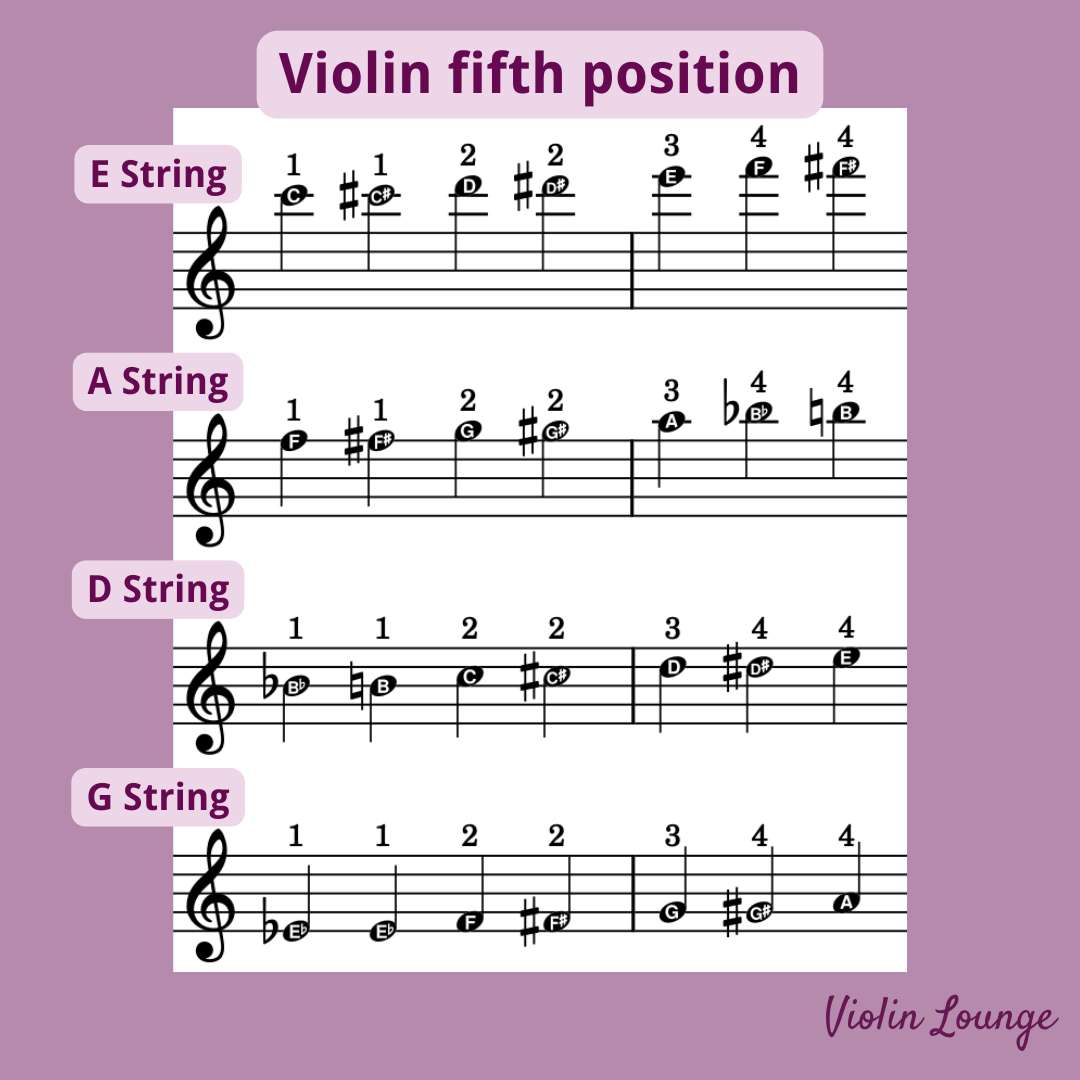18 Best Violin and Viola Duets
Learn the best violin and viola duos including free sheet music!
Duos for violin and viola know a rich history spanning centuries. Many composers have written pieces for this beautiful combination.
Here on Violin Lounge, I’ve done articles on several different chamber music combinations, including violin/piano, violin/cello, and violin duets. Today we’ll be adding the viola into the mix for the first time, presenting the most beloved and a few lesser-known works for violin and viola.
For most pieces (where this was legally possible) I’ve provided free sheet music links.
#1 28 Little Duets, Op. 191 by Franz Wohlfahrt
Franz Wohlfahrt specialized in writing etude books for beginner and intermediate violinists. This book of duos is very approachable for beginners, an excellent choice if both you and a violist friend have recently started playing!
#2 15 Duets after Two-Part Inventions by J.S. Bach (arr. Iwata/David)
Unfortunately, J.S. Bach did not write any duets for violin and viola. (That we know of…maybe they’ll still find one!) However, these duets based on simple two-part inventions are charming and quintessentially Bach. If you have recently started exploring solo Bach repertoire, these provide some wonderful music in the same style.
#3 Four Sonatas for Violin and Viola by Michael Haydn
These four sonatas are suitable for more advanced intermediate players. They are mostly in first through third position, although the violin part does occasionally go up to sixth. Nevertheless, they straight-forward, charming pieces with many sparkling solo lines for the violin. Below is the first sonata in C major.
#4 Duo for Violin and Viola in F Major by Joseph Haydn
Michael’s older brother, Joseph, was the more famous composer of the two. Michael is best-known for his choral works, while Joseph is remembered for writing an astonishing 106 symphonies! Even with all that, Joseph still found time to write a violin/viola duet. Like Michael’s sonatas, the violin’s part is more involved than the viola’s, mainly in terms of the rhythm.
#5 Sinfonia Concertante in E-flat Major by W.A. Mozart
Mozart’s Sinfonia Concertante is one of the most frequently performed violin/viola duos. It is not just scored as a duet but accompanied by a full orchestra. Unlike the Haydn pieces, both instruments have equally interesting parts in this thirty-minute three-movement work. Comparable to Mozart’s violin concertos, this piece is ideal for advancing older students.
#6 Duo for Violin and Viola in B-flat Major by W.A. Mozart
Love Mozart but don’t have an orchestra on hand? This melodic duet is just what you need if you only have two players. This piece is no less difficult than Sinfonia Concertante, however. It demands crisp articulation, a fast left hand, and long phrases, but the rich result with just two instruments is very satisfying. If you enjoy playing this piece, you should also try his Duo in G major K 423.
#7 Six Duos for Violin and Viola, Op. 10 by Carl Stamitz
Carl Stamitz was one of Mozart’s teachers and also wrote one of the most famous viola concertos, so he understood string instruments very well. His six duets are lively and tasteful. Check out this sprightly rondo movement from the duet in A major.
#8 Sonata for Viola with Violin Accompaniment by Alessandro Rolla
Italian violin virtuoso Alessandro Rolla was born just one year after Mozart. Rolla taught Paganini and is responsible for many of the advanced violin techniques we use today, so it is particularly interesting that in this piece, he chose to feature the viola instead, even calling it “Sonata for Viola with Violin Accompaniment”.
#9 Duet for Violin and Viola in G Major by Franz Hoffmeister
This five-minute duet works well as a recital time-filler or encore. Although it goes at a quick pace, the rhythms are easy to understand, and it mostly doesn’t go above third position. If you enjoy playing this piece, Hoffmeister wrote five other violin/viola duos as well.
#10 6 Duos dialogués by Rudolphe Kreutzer
Kreutzer was one of the most important developers of the French violin school. He wrote a famous book of etudes, several concertos, and forty operas. These short duos are only a few pages each, providing a light repast after practicing your Kreutzer etudes.
#11 Duet for Violin and Viola, Op. 13 by Louis Spohr
A German violin virtuoso of the mid-19th century, Spohr’s notable contribution to the violin world was the invention of the chinrest. Like many composers of his era, he was far more influential during his life then after his death. A few of his violin concertos do remain in the common repertoire, but much of his work is rarely heard. Consider adding this duet to your next recital, and everyone may learn a little about this important figure.
#12 Passacaglia for Violin/Viola by Johann Halvorsen
This is another very famous duet, based on a suite by Handel. A passacaglia is a series of variations on a simple bassline. This passacaglia arrangement is very challenging, but dramatic and a wonderful way to show off for both soloists. There is also an arrangement for violin and cello.
#13 Sarabande for Violin/Viola by Johann Halvorsen
This movement is also based on a Handel theme. It has a similar structure to the passacaglia: a short theme spun out into more and more complex variations.
#14 Two Duets for Violin and Viola, Op. 208 by Johann Kalliwoda
Kalliwoda was an early 18th-century violinist from Prague who wrote hundreds of compositions. He was a court conductor and choir director, and was respected by his contemporaries, including Robert Schumann. These short duets, though lesser-known, are wonderful examples of the type of chamber music written for court settings.
#15 Duo for Violin and Viola by Jean Sibelius
In the world of violin solos, Sibelius is mostly remembered for his grandiose violin concerto. He wrote other lovely pieces too, such as a sonatina and this duet. It is vastly different from the concerto, as the violin plays a simple, reflective melody without much virtuosic material.
#16 12 Duets for Violin and Viola, Op. 60 by Robert Fuchs
These short, whimsical pieces are from the turn of the 20th century. They are a small sample of a much larger chamber music output from Austrian composer Robert Fuchs. A professor at the Vienna Conservatory, Fuchs’ music was particularly admired by Brahms, who called it “so charmingly invented, that one is always pleased.” Share in the light-hearted charm of these short works, such as the waltz included below.
#17 Three Madrigals for Violin and Viola by Bohuslav Martinu
Most of the duets on this list are in a classical form and style, but I wanted to include something from the modern repertoire as well. Czech musician Bohuslav Martinu composed in the neoclassical style, the same style used by Stravinsky, Ravel, and Prokofiev. This means that while his pieces imitate classical forms and may even hint at baroque elements, they are filled with modern harmonies and techniques. These Three Madrigals are technically demanding for both instruments, face-paced and highly spirited.
#18 Just for fun…Christmas duets!
Christmas is one of the best times for holiday-themed jams with your musical friends or family, so I did not feel this list would be complete without a Christmas resource. This book provides 22 traditional, beloved carols at the easy-intermediate level. If you are looking for something easy, light, and fun, you can use this resource to learn and perform a favorite carol.
What is your favorite violin/viola duet? What other chamber music combinations would you love to learn more about? Share your thoughts in a comment.

